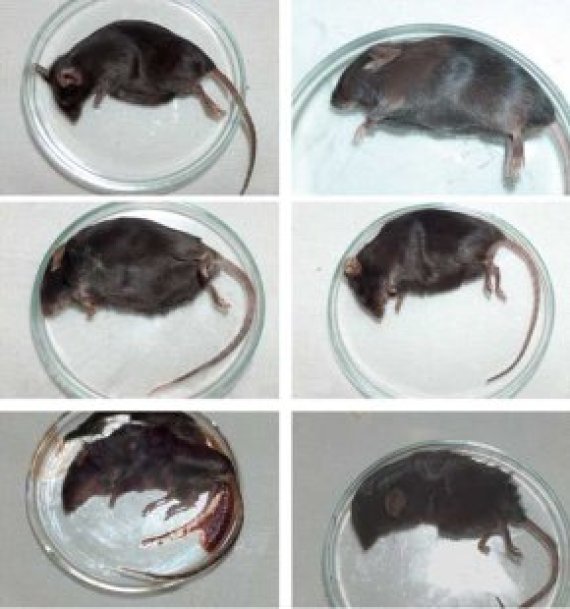A decomposing corpse gives off a varied palette of odours and vapours. And each stage of decomposition attracts its own menagerie of insects. Forensic science can benefit from this, as the insects are a clue to the time of the death. But what do the odours of a decaying corpse consist of, from a chemical point of view? And what is the influence of temperature and humidity on their composition? Together with colleagues from the Humboldt University in Berlin and the University of Regensburg, Roland Mumm of PRI revealed some of these dark secrets. The researchers put mouse corpses on petri dishes and let them rot under controlled conditions: either cold and dry or hot and humid. The smell of the corpse was captured after one, ten and thirty days, and chemically analysed. The result casts new light on current forensic knowledge. The conditions in which a corpse rots turned out to make quite a difference. Not only do heat and humidity cause a corpse to decompose faster, but the make-up of the odours is also much more varied.
Grave robbers
The differences between cold/dry and hot/humid are clear from day one. The hot/humid mice begin to stink almost from the start and the smell is most intense after ten days. This is when the cold/dry mice are just getting started. After 30 days both stick about equally, but the smell is different. The differences, according to Mumm, are a result of differences in the micro-organisms that are active. ‘It seems that under cold/dry conditions, fungi are more active than bacteria.’ Mumm and his colleagues identified a total of 51 different volatile organic compounds. Mumm used a range of statistical techniques to search them all for markers: odours that are specific to certain stages of the composition process. One possible candidate would be dimethyl-tetrasulphide, a polysulphide. Under hot/ humid conditions, there is plenty of this substance present after about ten days, but it is almost entirely absent under cold/dry conditions. This suggests that the breakdown of proteins is slowed down when it is cold and dry. Polysulphides are waste substances of proteins with sulphur-containing amino acids. They are known to attract flies and burying beetles, the gravediggers of the death business. ‘But we must be cautious about making statements about the presence of a substance and the possible date of death’, says Mumm. ‘The link between certain odours and certain insects has only just been hazarded. But what we have found does confirm the general idea.’

